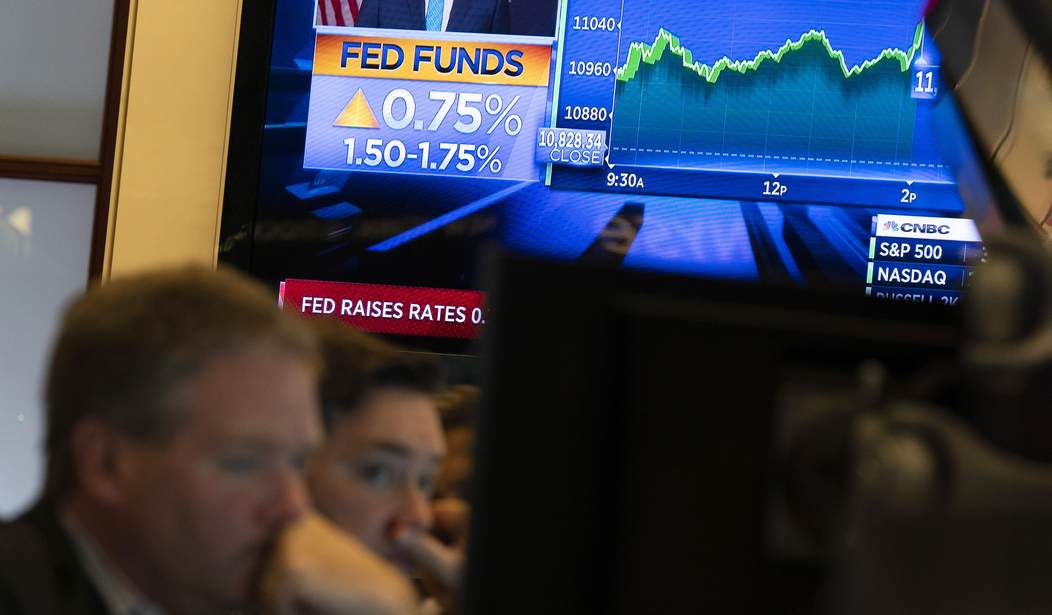Inflation is still high, with prices sitting at 5 percent higher than they were in March of last year. However, that is down significantly from the 6 percent year-over-year in February and the slowest rise in prices since March of 2021.
Consumer households saw higher prices for food and shelter in March, but lower prices for gasoline and used vehicles. To start April off, however, those gasoline prices have been on the rise.
As the Wall Street Journal notes, “Inflation remains elevated—well above the 2.1% average in the three years before the pandemic and the Fed’s 2% target.”
The bad news? Outside of the food and gas prices, core prices rose faster than last year. More via WSJ:
Core prices, a measure of underlying inflation that excludes volatile energy and food categories, increased 5.6% in March from a year earlier, accelerating slightly from 5.5% the prior month. Core inflation, which economists see as a better predictor of future inflation, has stayed stubbornly high in part because of inflationary pressures from shelter costs.
“It’s not going to move the needle for the Fed,” said Steve Blitz, chief U.S. economist at TS Lombard. “The inflation problem doesn’t get solved by itself—it needs higher unemployment to get there.”
The Fed has raised interest rates nine times over the past year to cool the economy and tame inflation, which shot up as the economy rebounded from the pandemic during supply-chain disruptions and labor shortages.
At 5 percent, the year-over-year inflation rate is still way hotter than the Federal Reserve’s goal, which is 2 percent inflation. That means you can expect more rate hikes coming. Recent stress on the financial sector – where three tech-aligned banks crashed – has put pressure on the Fed to slow down or halt interest rate hikes.
Ultimately, the hike slowed a bit, with the Fed increasing the rate by just 25 basis points, bringing the interest rate to somewhere between 4.75 and 5 percent.
There are also a few more factors anticipated to affect economic growth. More from WSJ:
Tighter lending following two recent midsize bank failures will slow U.S. economic growth this year, the International Monetary Fund estimated Tuesday. The economy started the year on a surprisingly strong note, but it has shown recent signs of slowing. Mr. Blitz and many other economists expect the U.S. to slip into a recession later this year.
The labor market cooled some in March, with hiring gains moderating and wage growth easing. Weekly jobless claims, a proxy for layoffs, are up from historic lows. And job openings have dropped—a signal that demand for workers is easing. Consumer spending, the primary driver of growth, rose more modestly in February.
Meanwhile, elevated inflation is weighing on household spending decisions.
Ultimately, the Federal Reserve is likely to keep rate hikes going, as their primary concern is with employment and inflation – meaning that bringing the latter down will take priority over other economic concerns. Hot wage growth and employment also contribute to inflation, so the Fed’s actions will focus on inflation.














Join the conversation as a VIP Member